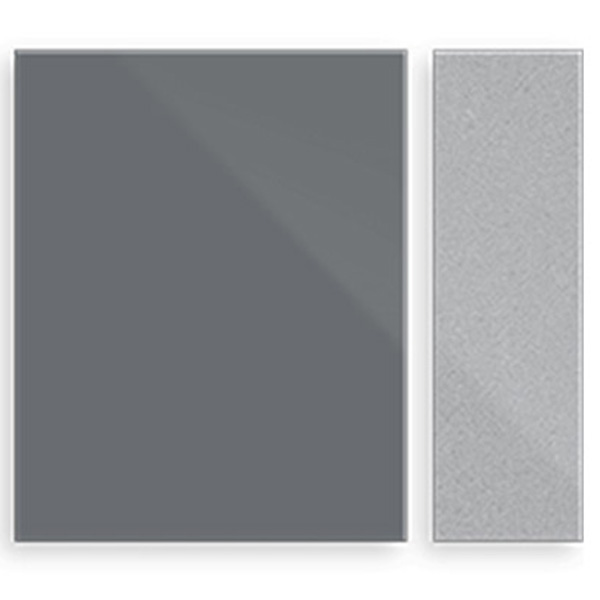
Aug . 13, 2024 09:56 Back to list
Understanding the Key Components and Functionality of Tapered Roller Bearings in Machinery
Understanding the Parts of a Tapered Roller Bearing
Tapered roller bearings are essential components in various mechanical applications, providing high load capacity and facilitating smooth rotational motion. These bearings are designed to accommodate axial and radial loads simultaneously, making them a popular choice in automotive, aerospace, and industrial machinery. Understanding the key parts of a tapered roller bearing can help in both maintenance and application of these critical components.
Main Components
1. Inner Ring The inner ring, or cone, is one of the two main rolling elements of the bearing. It is mounted directly on the shaft and features a raceway surface that supports the tapered rollers. The shape and design of this ring are crucial as they determine the contact area with the rollers and consequently influence the bearing's load capacity.
2. Outer Ring The outer ring, known as the cup, fits into the housing or assembly. Like the inner ring, it has a raceway that accommodates the tapered rollers. The outer ring's design allows for proper alignment and provides an effective means for the tapered rollers to bear axial loads.
3. Tapered Rollers The tapered rollers are the rolling elements that facilitate the rotation of the bearing. They are shaped like frustums of cones, which allows them to distribute the loads over a larger surface area. Their geometry is key to the functioning of the bearing, as it enables them to handle both radial and axial loads efficiently. The contact angles of the rollers also play a significant role in determining the bearing's load capacity.
4. Cage or Separator The cage, also known as a separator, is responsible for keeping the tapered rollers evenly spaced. This prevents them from colliding with each other, thereby reducing wear and prolonging the bearing's life. Cages can be made from various materials, including metals and plastics, depending on the application's requirements.
parts of a tapered roller bearing

5. Seals or Shields Many tapered roller bearings come equipped with seals or shields that protect the internal components from contaminants such as dirt, dust, and moisture. These protective elements help to enhance the lifespan of the bearing by minimizing the risk of wear and failure due to external factors.
6. Lubrication While not a structural part of the bearing itself, lubrication is crucial for the proper functioning of any bearing system. Tapered roller bearings typically require either grease or oil to reduce friction between the rolling elements and raceways. Proper lubrication helps prevent overheating and wear, ensuring that the bearing operates smoothly under various load conditions.
Applications
Tapered roller bearings are commonly used in a multitude of applications. In the automotive industry, they are found in wheel hubs, transmissions, and differential assemblies. In industrial settings, these bearings are utilized in gearboxes, conveyor systems, and pumps. Their ability to handle combined loads makes them particularly useful in machinery where both axial and radial forces are present.
Conclusion
In summary, tapered roller bearings are complex yet critical components in many mechanical systems. Understanding the individual parts, such as the inner and outer rings, tapered rollers, cage, seals, and lubrication, is essential for anyone involved in the design, maintenance, or application of these bearings. Their unique design allows for effective load distribution and functionality, making them indispensable in engineering and manufacturing fields. Proper maintenance and understanding of these parts can lead to improved performance, longer service life, and increased reliability in various applications.
Latest news
-
Common Failures in Thrust Ball Bearings and Solutions
NewsAug.22,2025
-
How Tapered Roller Bearings Can Take Shock Loads
NewsAug.22,2025
-
Angular Bearings in High-Precision Spindles
NewsAug.22,2025
-
The Impact of Misalignment on Cylindrical Roller Bearing Performance
NewsAug.22,2025
-
The Role of Cage Design in Deep Groove Ball Bearing Durability
NewsAug.22,2025
-
The Impact of Material Quality on Machinery Bearings’ Lifespan
NewsAug.22,2025
